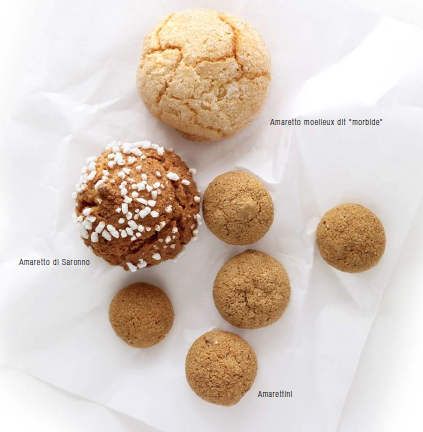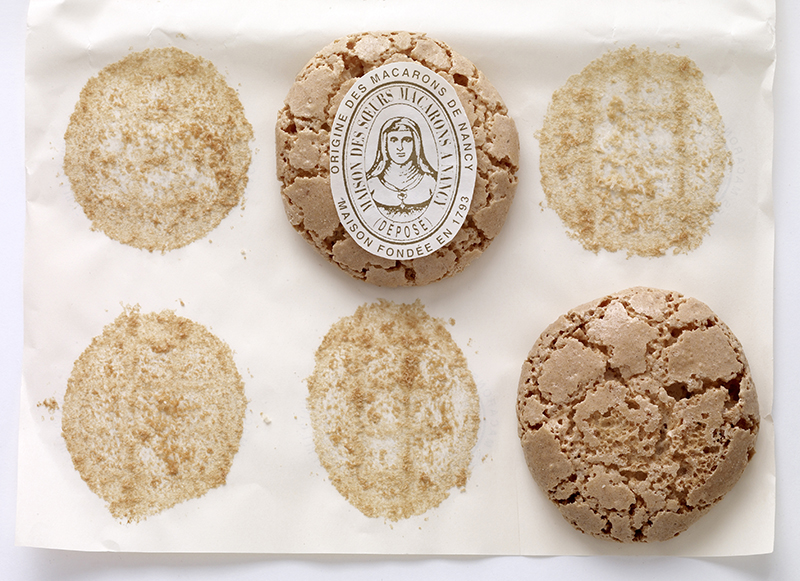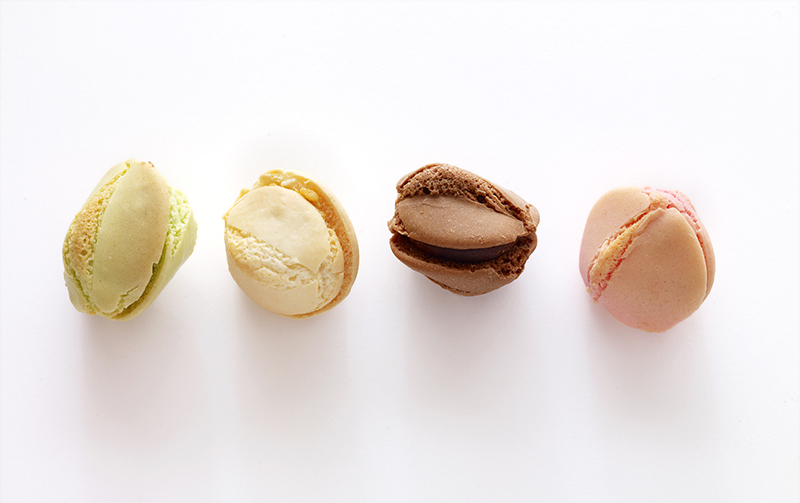ONCE UPON A TIME ...
All articles… The Macaroon
History of macaroons
Is it a coincidence that a gourmet writer by the name of François Rabelais was the first to mention the macaroon? It was in 1552 in the Quart Livre that he described it as a “Small round cake with almonds”. Introduced by Catherine de Médicis’ chefs, the delicacy’s origins are Mediterranean, probably from the Andalusia region of Spain before the expulsion of the Jews in 1492, as during the eight days of Passover, food eaten had to be flourless and unleavened. The macaroon was therefore the perfect answer to these restrictions. The origins of its name vary from Greek – “cake of the blessed” – to Italian, a reference to its round macaroni shape. Once introduced to France, this petit four quickly spread: from Nancy to Montmorillon, Saint-Jean de Luz whose master bakers supplied the cakes for King Louis XIV’s wedding, or the Lorraine region, in Boulay, where they were shaped in silver spoons from 1864. At the time, they were still biscuits made from almonds, egg whites and sugar, similar to Italian amarettis. It was not until the end of the nineteenth century that this petit four in the shape of a double shell with its fruity or creamy filling would emerge. In 1862, Louis-Ernest Ladurée revolutionised the macaroon.

During the following century through to the end of the 1980’s, flavours remained relatively tame: coffee, chocolate, vanilla and occasionally raspberry, that is until Pierre Hermé, first at Ladurée, then under his own name, reworked the classics and widened the range, varying from rose to truffle. Round and multi-coloured, inherently Parisian though in reality from elsewhere, the macaroon has become an integral feature of fine baking. An ideal gift and a moment of indulgence that brings to mind the words of Zola, another novelist, in the Ventre de Paris in 1873, when his heroine gazes fondly at the delicacies before her: “She was again moved by the jars brimming with biscuits, macaroons and madeleines.” Macaroons, madeleines of the 21st century? This, in any event, is how it is looking after Pierre Hermé introduced the Day of the Macaroon in 2006.
Macaroons de Nancy
“What lovely macaroons! It is enough to put you off bread. How very sweet to have thought of me there in Nancy!”. This is how the novelist Villiers de l’Isle Adam paid tribute to the Nancy version of macaroons, known as “nuns’ macaroons”, made entirely from almonds and egg whites. The secret of the lay sisters, expelled from their convent during the French Revolution, is today jealously guarded by the maison Nicolas Venot.

Macaroons de Hollande
Dutch macaroons are tulip-shaped. They are made with Swiss meringue instead of Sicilian, dried in a kiln and cut in half so that they open up during baking. The two shells are not sandwiched together, but form a thirtydegree angle to look like petals. “When it’s spring again, I’ll bring again, tulips from Amsterdam” goes the famous Dutch song.

BRIEFLY
Laurent Le Daniel has just been named a Chevalier dans l’Ordre National du Mérite. Congratulations to him for this prestigious award, which rewards a passionate pastry chef very invested in the sustainability of his profession.
Prepare Valentine’s Day! Take the time to discover the chocolate or fruity sweets offered by our chefs for sale online. By ordering this week you will be delivered on time.
The French team is selected for the Pastry World Cup! She won the European Cup ahead of Italy and the United Kingdom who are also selected for the grand final in January at Sirha.
JOBS
Pâtisserie
La maison Zanin recrute pour son laboratoire de Sallanches un Second pâtissier en CDI – 39h. Toutes les informations ici !
Pâtisserie
La maison Ducobu, en Belgique, recrute sur différents postes. Toutes les informations ici.





